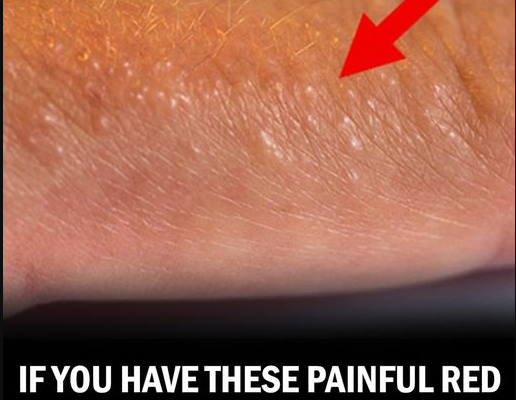What is Eczema? Close up dermatitis on man hand, allergic rash dermatitis eczema skin of a patient. Atopic dermatitis symptom skin detail texture, Fungus of skin. The concept of dermatology. Eczema is the name given to a group of diseases that cause inflammation of the skin. It is also often called Dermatitis. Eczema on hands and elsewhere in the body is a chronic problem for many people in the United States, with an estimated 35 million Americans experiencing it. Seventy percent of those cases start in children younger than 5 years of age. When an eczema flare-up occurs, the skin will become red, itchy, and swollen with fluid-filled bumps that sometimes ooze and crust. Eczema is often caused by an allergic reaction, and it is not contagious. It can also be hereditary, but it is not curable. Flare-ups are, however, successfully managed with treatment
[1]. There are several different types of eczema, and they all affect the body differently, one of the most common being dyshidrotic eczema. What is Dyshidrotic Eczema? Dyshidrotic eczema is a common type of eczema that causes small, intensely itchy blisters to form on the edges of the fingers, toes, palms, and soles of the feet. Dyshidrotic eczema is associated with seasonal allergies, and, because of this, the blisters are more likely to erupt in the spring. These blisters can be very painful, and can sometimes take weeks to disappear [2]. If you haven’t heard of this type of eczema before, don’t fret, it does have a few other names that it goes by, including [3]:
Detailed views of a young woman with dry and stressed red dyshidrotic eczema covered hands.
